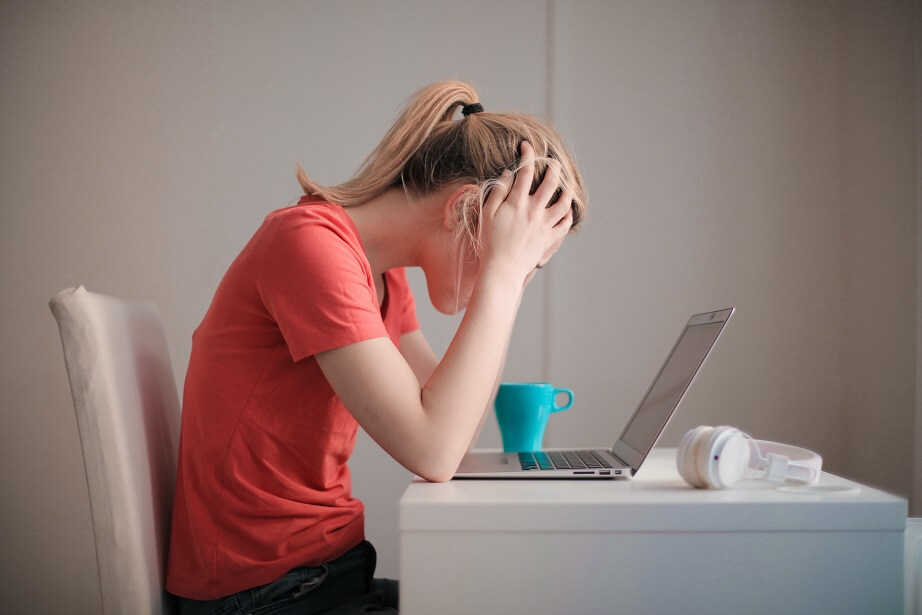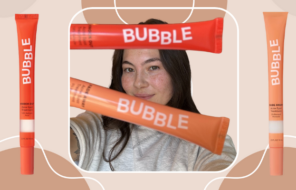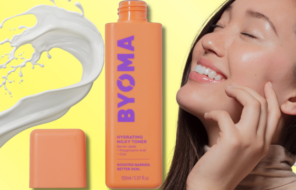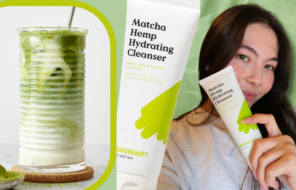Acne can affect anyone, and we’re willing to bet that if you’re reading this, you’ve probably woken up to a zit at least once or twice. But while some people got to bid acne farewell after those tumultuous teen years (lucky ducks), many of us still deal with pesky pimples well into our 20s and 30s — and beyond.
Despite what you may have heard, chocolate likely isn’t to blame. Here’s the real explanation for why you may still be facing acne and how to get clear answers (and skin).
What are the different types of acne?
Acne can manifest in various forms, each with its own characteristics and severity. Here are the different types of acne:
- Whiteheads (Closed Comedones): These are small, flesh-colored bumps that are closed at the surface of the skin. They occur when a pore becomes clogged with oil and dead skin cells.
- Blackheads (Open Comedones): Blackheads are similar to whiteheads but have a dark appearance due to oxidation of the trapped debris. They are open at the surface of the skin.
- Papules: Papules are small, red bumps that are tender to the touch. They occur when the walls around your pores break down due to severe inflammation.
- Pustules: Pustules are similar to papules but are filled with pus. They are characterized by a white or yellow center surrounded by red, inflamed skin.
- Nodules: Nodules are large, solid, painful lumps beneath the surface of the skin. They develop when clogged, swollen pores endure further irritation and grow larger.
- Cysts: Cysts are painful, pus-filled lumps beneath the surface of the skin. They are the most severe type of acne and can cause scarring. Cysts often require medical treatment.
- Acne Conglobata: This is a rare and severe form of acne characterized by interconnected nodules and cysts that are widespread and often occur on the chest, back, buttocks, and face.
- Acne Mechanica: This type of acne is caused by friction, pressure, or heat against the skin. It’s common among athletes or people who wear tight clothing, helmets, or backpacks.
- Acne Fulminans: This is an uncommon and severe form of acne that often occurs suddenly and is accompanied by systemic symptoms such as fever and joint pain. It can cause severe scarring.
Understanding the type of acne you have is crucial for determining the appropriate treatment plan. Mild cases may respond well to over-the-counter treatments, while moderate to severe acne may require prescription medications or other medical interventions. Consulting with a dermatologist can help you identify the type of acne and develop a personalized treatment strategy to achieve clearer skin.
What are the common causes of acne?
Your skin is a complex organ. Your body is continually shedding old cells, growing new ones, and producing an oil called sebum to keep skin moisture in balance. Acne happens when excess sebum and dead skin cells clog follicles under your skin, attracting bacteria and causing inflammation that leads to a pimple.
So what makes your skin tip off balance? Acne has a few causes:
- Hormone fluctuations: An increase of certain hormones can make your oil glands get a little overexcited and produce more sebum than your skin needs — this results in hormonal acne. Seed cycling might help get your hormones in balance.
- Family history: Check your parents’ yearbook photos. If they were acne-prone, some researchers say you might be more likely to develop zits, too.
- Pregnancy: Growing a new human inside your body can cause a variety of strange symptoms, including acne.
- Medications: Some meds may disrupt or change your usual oil balance, leading to pimples.
What other factors contribute to acne?
There are also other factors than can affect acne. You won’t necessarily start getting acne purely for these reasons, but if you’re already predisposed or have acne, they can make your skin worse:
- Stress: Stress isn’t just a mood; it shows up in your body and can stimulate certain hormone production, which can exacerbate acne.
- Environmental gunk: Acne comes from clogged follicles. Sometimes, skin can respond badly to humidity or pollution. (If you’ve spotted some “maskne” pimples around your chin from mask-wearing, you might know what we mean.)
- Diet: Does pizza give you acne? It depends. Starchy or sugary foods can worsen existing acne for some; for others, diet won’t make a difference.
- Skin products: Some oily makeup or skincare products can react negatively with your skin.

How to treat acne?
Dealing with acne is common, so don’t feel bad if your skin isn’t perfectly clear. You have several options that can help you treat your skin. Treating acne effectively involves a combination of skincare routines, lifestyle changes, and sometimes medical interventions. Here’s a comprehensive approach to treating acne:
Skincare Routine
- Gentle Cleansing: Wash your face twice daily with a gentle cleanser to remove excess oil, dirt, and makeup. Avoid harsh scrubbing, as it can irritate the skin and worsen acne.
- Topical Treatments:
- Benzoyl Peroxide: Kills bacteria, reduces inflammation, and helps unclog pores. Available in various strengths over-the-counter.
- Salicylic Acid: Helps exfoliate the skin, unclog pores, and reduce inflammation. Found in many acne treatment products.
- Retinoids: Derived from Vitamin A, these help unclog pores and reduce inflammation. Available as prescription creams or gels (e.g., tretinoin).
- Moisturize: Use a non-comedogenic (won’t clog pores) moisturizer to keep the skin hydrated, especially if using drying acne treatments.
Lifestyle Changes
- Avoid Picking or Squeezing: This can lead to further inflammation, infection, and scarring.
- Clean Hair and Skin: Keep hair clean and away from the face, especially if oily. Wash hats, headbands, and pillowcases regularly.
- Manage Stress: Stress can aggravate acne, so practice stress-reduction techniques such as exercise, meditation, or yoga.
- Dietary Considerations: Some people find that certain foods (e.g., dairy, high glycemic index foods) may worsen acne. Consider keeping a food diary to identify triggers.
Medical Treatments
- Prescription Medications:
- Antibiotics: Oral or topical antibiotics can reduce inflammation and control bacteria.
- Birth Control Pills: For women, hormonal birth control can help regulate hormones that contribute to acne.
- Isotretinoin (Accutane): Reserved for severe, persistent acne. It reduces oil production and is highly effective but has potential side effects.
- Procedures:
- Chemical Peels: Help remove dead skin cells and unclog pores.
- Extraction: Dermatologists can manually remove blackheads and whiteheads.
- Light Therapy:
- Blue Light Therapy: Kills acne-causing bacteria on the skin.
- Photodynamic Therapy: Uses light and a photosensitizing agent to reduce oil gland activity.
Professional Guidance
Consulting a dermatologist is essential for severe or persistent acne. They can assess your skin, determine the type and severity of acne, and recommend the most appropriate treatments. They may also provide guidance on skincare products and routines tailored to your skin type.
Patience and Consistency
Improving acne often takes time and persistence. It’s essential to follow your treatment plan consistently and give it time to work. Avoid trying multiple treatments simultaneously, as this can irritate the skin and make acne worse. With the right approach and professional guidance, you can effectively manage and treat acne to achieve clearer skin.





